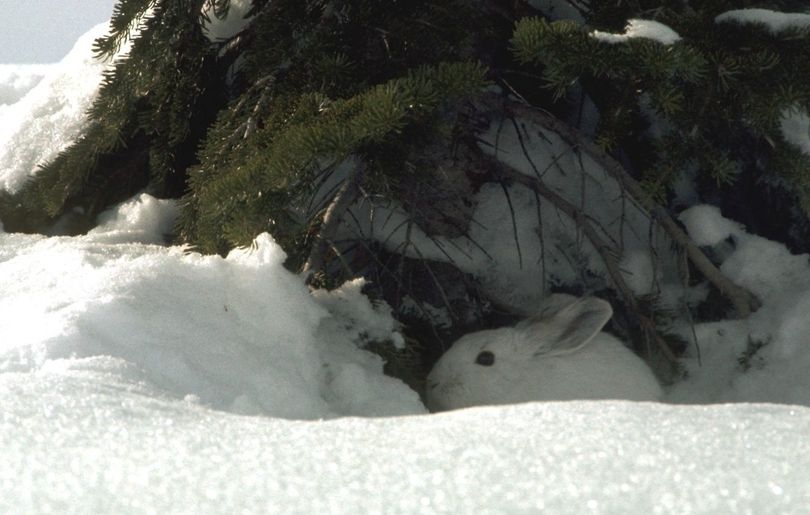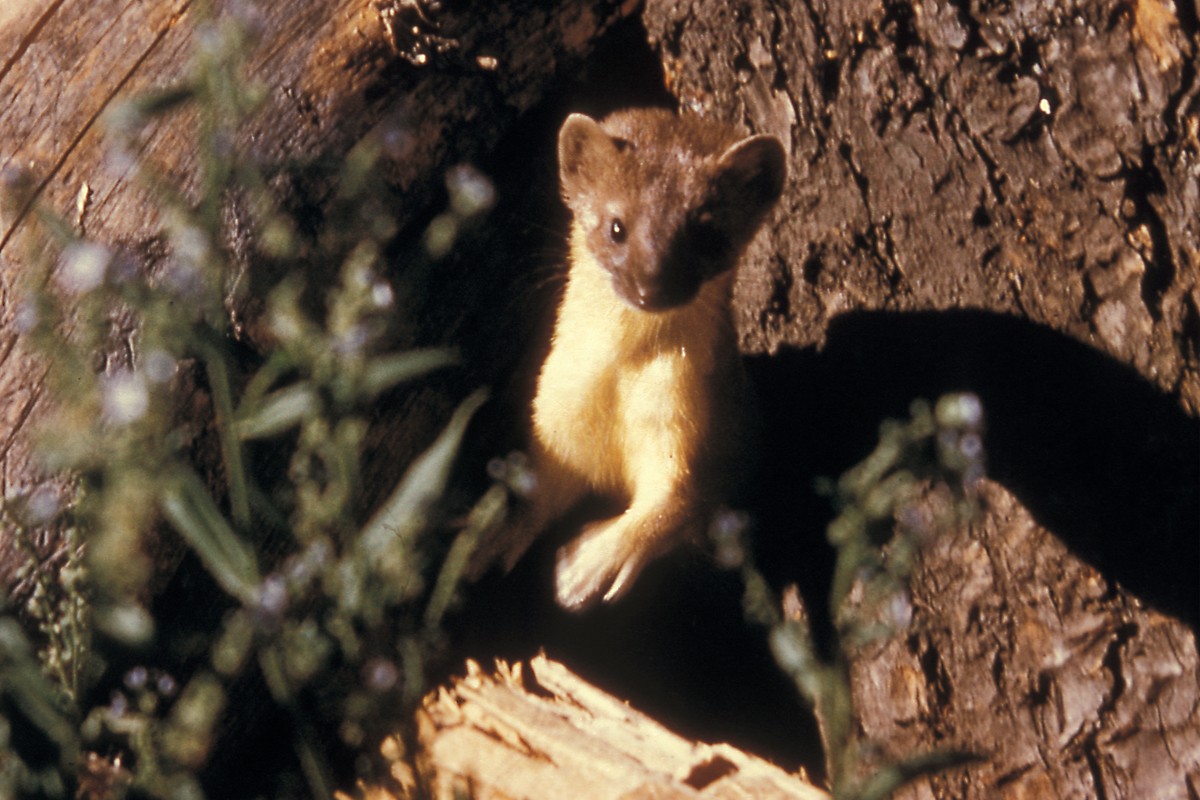A peek at animals that turn white in winter


WILDLIFE -- Critters have many adaptations for handling the rigors of winter.
Some hibernate, some constantly look for food. Some develop thick winter coats to stave off the cold while some others change color to be better predators or less vulnerable prey.
Creatures that change colors include two hares – the snowshoe hare and the white-tailed jackrabbit – and three members of the weasel family -- the least weasel, as well as the long-tailed and short-tailed weasels.
Montana and Washingtton also have the white-tailed ptarmigan, a bird that turns pure white in winter.
Bruce Auchley of Montana, Fish Wildlife and Parks has more details on the weasels and hairs. Read on...
Buce Auchly says:
The least weasel turns entirely white, while both the long-tailed and short-tailed weasels have a black-tipped tail to go with their white winter coat. Weasels go through a complete molt. That means each hair is lost and a new white hair replaces a summer brown hair.
With hares only the tip of the hair turns white. The base remains grey, and the winter pelt is thicker offering more protection during the coldest months.
Snowshoe hares are found mostly in the coniferous forests of central and western Montana. The white-tailed jackrabbit is commonly associated with open grassland plains.
Carnivorous weasels and herbaceous hares do not have a strong predator-prey relationship, yet they are linked by the benefits of camouflage.
Weasels main menu consists of small rodents occasionally hunted under the snow. Don’t need camo for that. But weasels have their own set of predators – hawks, owls and mink – to escape from when they surface from their snow cover.
That’s why, it has been argued, long-tailed and short-tailed weasels turn white, yet have a black tipped-tail. The black tip represents a false target for predators to aim at, allowing the weasel to escape.
The completely white least weasel forages mostly under the snow and at night when there’s no need for a black-tipped bull’s-eye.
With hares, every carnivore wants to eat them. So white in winter to escape detection while sitting still makes sense.
Just like hibernators that know when it’s time to store up fat for a long winter sleep, animals that switch colors have an internal clock that regulates their change. This internal clock has its own workings that do not necessarily correspond to the calendar.
Photoperiod, or daylight length, plays a role but not the only one. There are environmental clues, too, like temperature.
When it all works correctly, the predator and prey teams change their colors as the snow flies.
But sometimes nature gets its signals crossed and sends in the wrong play from the sidelines.
Several years ago, a deer hunter sitting on a hillside near Lewistown on a drab, brown November day spied a white long-tailed weasel scurrying about, searching under logs and rocks for something to eat. With no snow on the ground, that critter stuck out as sure as the hunter’s orange vest.
